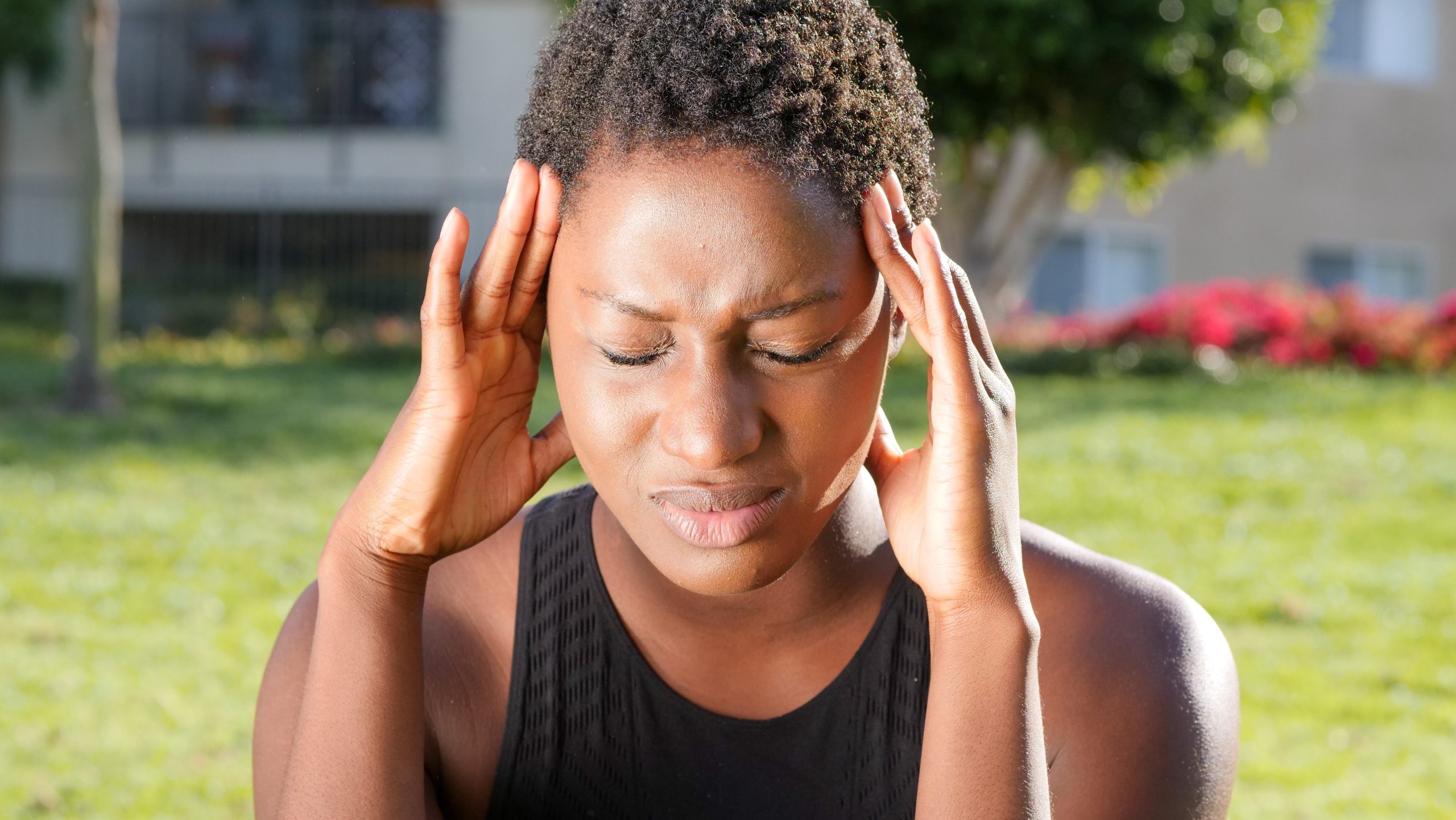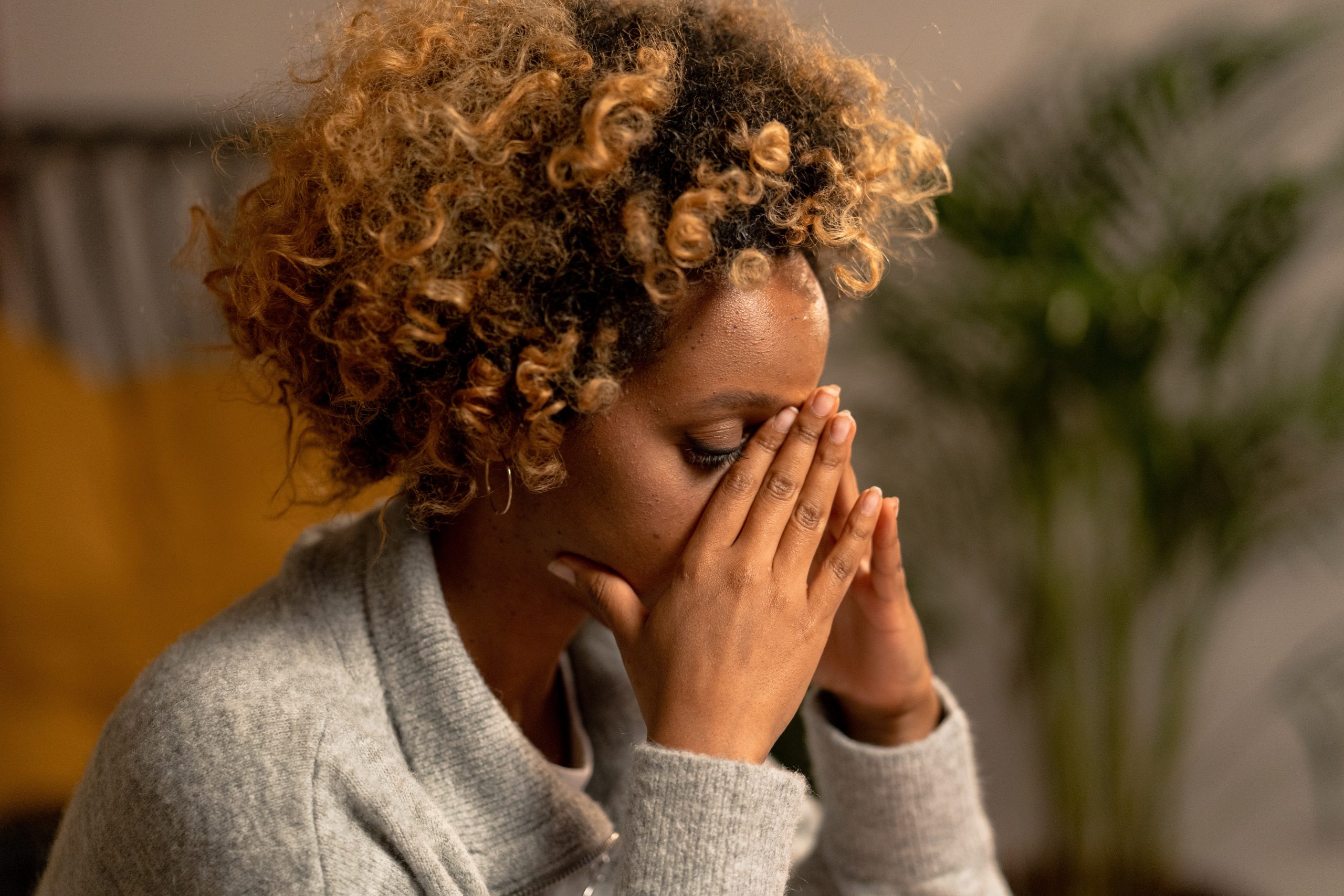I
f you’ve had a splitting, unbearable headache on one side of your eye or your temples that spreads to the neck, there is an underlying condition behind it. This is why knowing the types of headaches according to their location is essential for treatment. Today, we’ll be talking about the different types of headaches to help you determine the issue and seek the appropriate solution.
It’s no doubt that headaches are everyone’s worst enemy. However, knowledge is the first key to treatment. Understanding the different types of headaches and knowing when to worry can help you seek appropriate medical attention and find relief.
Here are different types of headaches and what they could mean…

Symptoms: Mild to moderate pain that feels like a tight band around the head, pressure in the forehead or sides of the head, and muscle tension in the neck and shoulders.
Causes: Stress, anxiety, poor posture, muscle tension, eye strain.
Location: Affects mostly the forehead and both sides of the head. It usually starts at the forehead and spreads to the sides.
Symptoms: Intense pulsating or throbbing pain, sensitivity to light and sound, nausea, vomiting, and visual disturbances (auras).
Causes: Genetic factors, hormonal changes, certain foods, stress, sensory stimuli.
Location: Typically one-sided, but can spread to the entire head. Often focused around the temples or behind one eye.
- Temporal arteritis headaches
Symptoms: Severe headache, scalp tenderness, jaw pain, fever, weight loss, fatigue, blurry vision.
Causes: Inflammation of the temporal arteries, autoimmune disease.
Location: Pain typically affects the temples and may spread to the jaw and neck.
Symptoms: Dull, persistent headache, usually in the morning, blurred vision, dizziness, and palpitations.
Causes: High blood pressure, stress, lifestyle factors.
Location: Can affect both sides of the head and may be worse in the back.
Symptoms: Excruciating pain behind or around one eye, restlessness, nasal congestion or runny nose, eye redness or tearing.
Causes: Alcohol use, smoking cigarettes, lack of sleep, bright light, cocaine use.
Location: Typically one-sided and concentrated around the eye. Can also occur in clusters over several weeks or months.
Symptoms: Pain and pressure in the cheeks, forehead, or bridge of the nose, nasal congestion, post-nasal drip.
Causes: Inflammation or infection of the sinuses, allergies.
Location: Pain is usually felt in the affected sinus area and may spread to the rest of the head.
How to relieve headaches

- Find a quiet, dark room to rest and relax, minimizing sensory stimuli.
- Depending on the type of headache, applying a cold or warm compress to the affected area can help reduce pain.
- Non-prescription pain relievers such as acetaminophen or ibuprofen can be effective in managing mild to moderate headaches.
- Dehydration can contribute to headaches. Always drink plenty of water throughout the day.
- Implement stress-management techniques, such as deep breathing exercises, meditation, or engaging in activities you enjoy.
When you need to worry about headaches

Headaches are a normal part of life and are influenced by so many factors. Most of the time, they are self-curable and easy to manage. However, some headaches need urgent medical attention and shouldn’t be self-managed. These different types of headaches include:
- Sudden and severe headache, i.e., “worst headache of your life,” with no underlying cause whatsoever.
- Headache accompanied by a high fever, stiff neck, confusion, seizures, or difficulty speaking or moving.
- Headache after a head injury or fall.
- New-onset headache in individuals over 50 years old.
- Recurring headaches that won’t just go away.
It is best to seek the advice of a healthcare expert in these situations who can do a comprehensive evaluation and recommend the best course of action.
Although headaches might be inconvenient, they can be properly managed and treated if you are aware of the many varieties and when to seek medical treatment. Moreover, it is important to know that maintaining good general health, controlling stress levels, and establishing healthy lifestyle choices can all help prevent and treat all types of headaches.
Featured image: Polina Tankilevitch/Pexels
Medical Disclaimer
All content found on StyleRave.com website, including text, images, audio, video, and other formats are created for informational purposes only. The content is not intended to be a substitute for professional medical advice, diagnosis, or treatment. If you think you may have a medical emergency, please call your doctor, go to the nearest hospital or call 911 immediately depending on your condition.
For the latest in fashion, lifestyle, and culture, follow us on Instagram @StyleRave_
This is a Style Rave original content exclusively created for our readers. If reproduced, distributed, transmitted, cached, or otherwise used by any other publishing house or blogs, such use should provide a direct link to this source article. Use of and/or registration on any portion of this site constitutes acceptance of our Terms & Conditions and Privacy Policy.
—Read also



